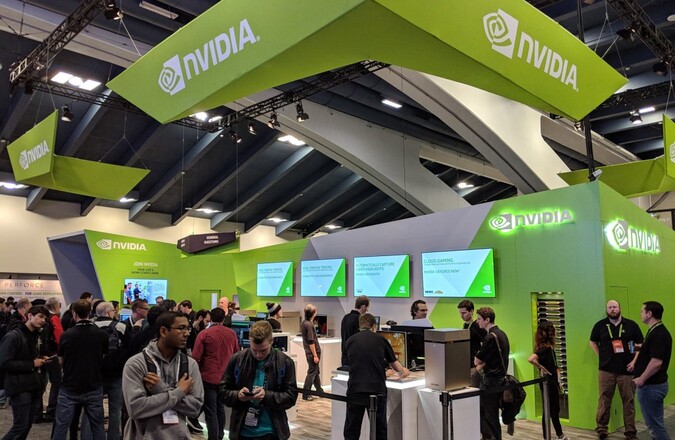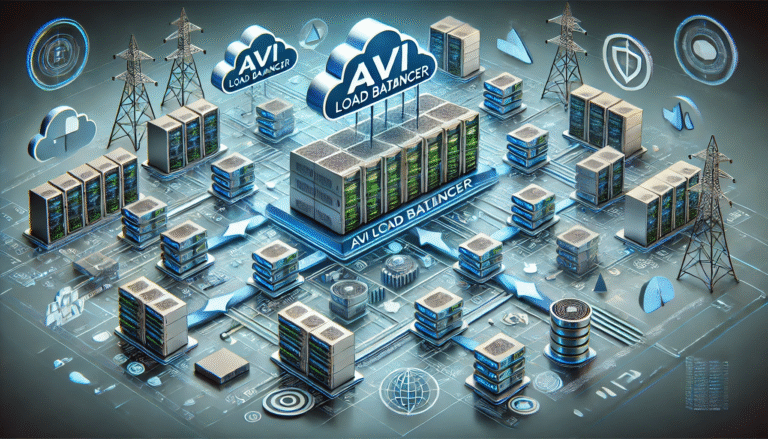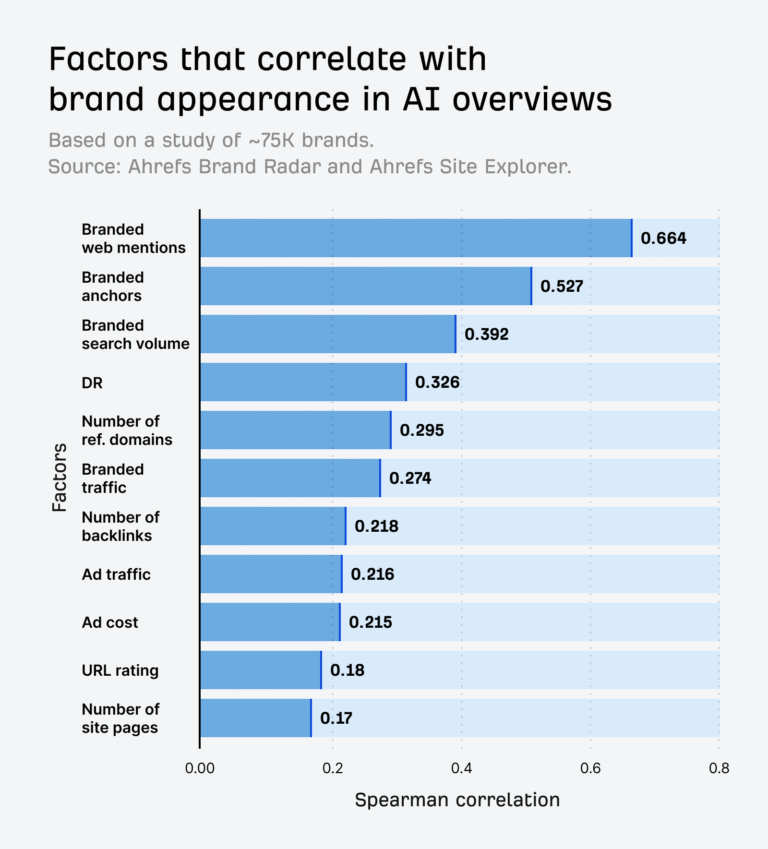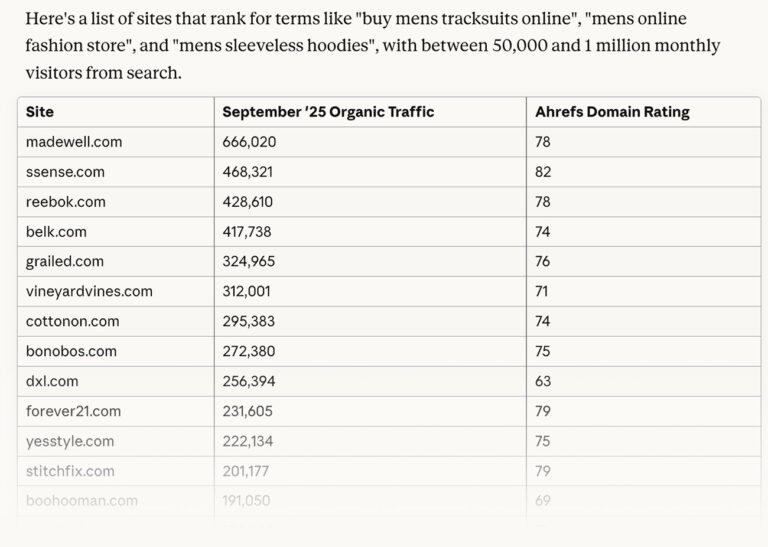With the launch of VMware Cloud Foundation (VCF) 9.0, VMware Cloud Service Providers (VCSPs) can now offer advanced private cloud solutions more effectively and profitably, thanks to enhanced integration and strategic licensing benefits of VMware vSAN.
Previously, some providers avoided using vSAN due to cost or architectural preferences. However, as many VCSPs adopt the VCF software stack, vSAN is gaining renewed interest for good reason (Read the blog to learn more about vSAN in VCF 9.0). The inclusion of 1 TiB of vSAN per core licensing within VCF significantly alters the Total Cost of Ownership (TCO) and is prompting many partners to reconsider their architecture and storage strategies.
vSAN + VCF 9.0 = High Performance + High ROI
If you’re a long-time vSAN user or have recently adopted the vSAN Express Storage Architecture (ESA), you’re likely aware of its strengths: high performance, scalability, resiliency, and operational flexibility. These features make vSAN ESA ideal for dedicated and multi-tenant private cloud environments. You can start small for single-tenant workloads and scale seamlessly to support multi-petabyte clusters while maintaining performance and availability.
This consistency and scalability are crucial for VCSPs aiming to deliver private clouds of various sizes based on a single architectural model. vSAN-powered environments enhance ROI by tailoring infrastructure precisely to customer needs, ensuring better financial predictability and higher margin potential.
Lowering Total Cost of Ownership (TCO)
One of the most significant benefits vSAN offers within a VCF 9.0 private cloud is its ability to reduce both CapEx and OpEx, thereby significantly lowering the TCO for VCSPs.
Converged Infrastructure = 2 for 1 Efficiency
With vSAN, storage becomes an integral part of your compute infrastructure, utilizing the local disks within ESXi hosts. This software-defined storage model eliminates the need for expensive and complex external SAN or NAS infrastructure.
By consolidating compute and storage into a single platform:
– You reduce your hardware footprint
– Cut down on power, cooling, and rack space requirements
– Avoid redundant vendor licensing and support contracts
– Provide a repeatable architectural model for small to large deployments
The result is a leaner, more cost-efficient architecture that delivers both performance and simplicity, translating into upfront capital savings and long-term operational advantages.
Streamlined Operations & Lower Labor Costs
Managing a separate storage stack typically requires a specialized team, additional tools, and significant administrative overhead. vSAN changes that dynamic. As one VCSP Pinnacle Partner noted, “We already manage the ESXi servers, they just happen to have drives in them now. The incremental time to manage the storage via vSAN is greatly reduced compared to a traditional storage array.”
This integration allows a single operations team to manage both compute and storage, reducing the skill silo effect and flattening operational complexity.
When combined with VCF’s robust Lifecycle Management (LCM) capabilities and infrastructure-as-code automation, VCSPs can:
– Automate Day 0 to Day 2 storage operations
– Reduce manual intervention in patching/upgrading
– Achieve faster storage provisioning and patching for both compute and storage
This significantly lowers staffing requirements and support costs while improving service delivery speed and consistency.
The Strategic Case for vSAN in VCF 9.0
In today’s competitive cloud landscape, VCSPs must deliver agility, performance, and profitability. VCF 9.0 combined with vSAN provides all three. Whether building small-scale, high-margin customer pods or large-scale, multi-tenant platforms, the architectural consistency, reduced operational complexity, and improved economics of vSAN make it a compelling choice.
More importantly, this isn’t just about infrastructure; it’s about unlocking new business models with predictable cost structures, simplified operations, and the ability to offer differentiated services at scale.
Elastic, Pay-As-You-Grow Model
Why buy storage now when you can buy it later? Traditional storage models often require large upfront investments and overprovisioning “just in case.” vSAN removes this constraint with a modular, scalable approach that aligns infrastructure growth with actual demand.
Whether serving a small customer tenant or scaling to multi-petabyte environments, VCSPs can:
– Start with a minimal storage footprint
– Scale horizontally by adding nodes and internal disks
– Ensure cost efficiency at every stage of growth
This elastic consumption model leads to better resource utilization, cost alignment with customer revenue, and higher ROI over time.
Faster Deployments, Better SLAs
The combination of integrated lifecycle management, automated cluster builds, and native storage policies within vSAN provides granular control





